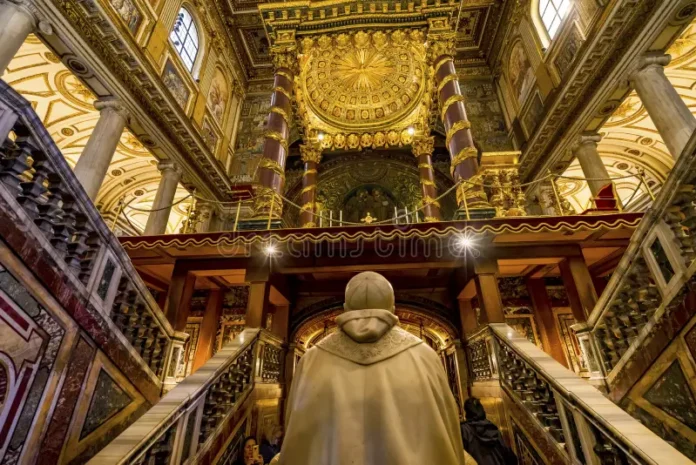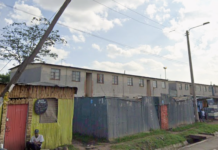Written by Faith Mwende
Pope Francis, who passed away on Monday at the age of 88, will be laid to rest at the Santa Maria Maggiore basilica in central Rome, marking the first time in over a century that a pope will not be entombed in St. Peter’s Basilica at the Vatican.
Francis, known for his deep devotion to the Virgin Mary, frequently visited Santa Maria Maggiore to pray before and after his international trips.
His final visit was on April 12, at the start of Holy Week leading up to Easter. In 2023, Francis expressed his wish to be interred at the basilica, formally known as the Basilica of Saint Mary Major.
The last pope to be buried there was Clement IX in 1669. The most recent pope to be buried outside the Vatican was Leo XIII in 1903, whose tomb is at the Cathedral of Saint John Lateran, the official seat of the bishop of Rome.
Santa Maria Maggiore, one of Rome’s four major papal basilicas, is also the final resting place of several notable figures, including Gian Lorenzo Bernini, the famed architect and sculptor who designed St. Peter’s Square.
The basilica, renowned for its well-preserved early Christian architecture, features a central nave flanked by 40 Ionic columns and stunning fifth-century mosaics.
It is closely associated with legends surrounding the Virgin Mary. According to tradition, a wealthy Roman couple was instructed in a vision to build a church where snow would miraculously fall in August 352.
That miraculous snowfall marked the hill where Santa Maria Maggiore now stands.
Historical records, however, indicate that the current basilica was constructed around 432 AD during the papacy of Pope Sixtus III, with no remnants of the original structure surviving.
Among its treasured relics, the basilica holds an ancient icon of the Virgin Mary with the infant Jesus, believed to have been painted by Saint Luke, and fragments of wood thought to be from the manger where Jesus was laid.
Recent studies have confirmed the wood’s origin dates back to the era of Christ’s birth.



















